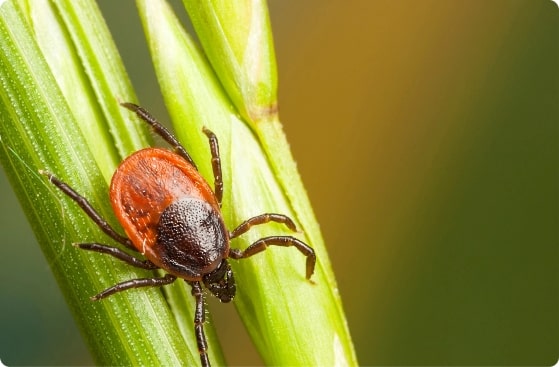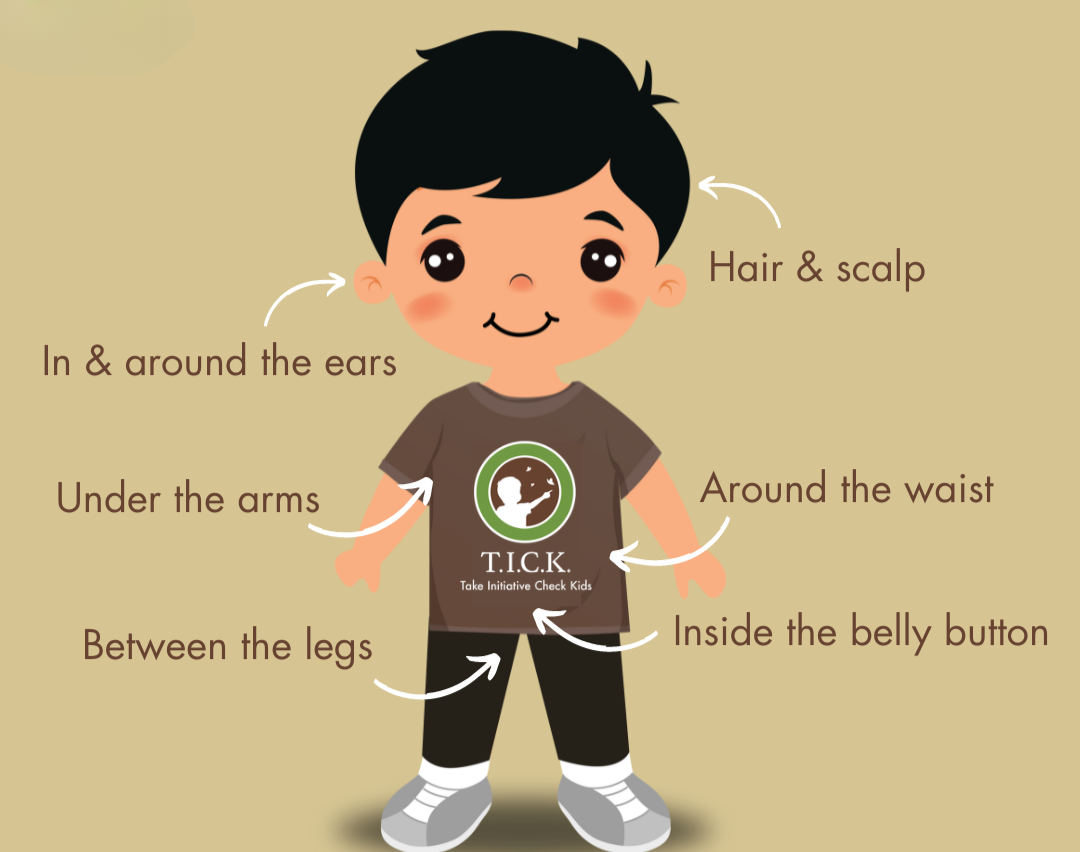


Regular tick yard treatment and deer tick spraying do a lot to reduce ticks around your home, but these pests are persistent. Ticks are genetic marvels — highly resilient to starvation, temperature extremes, and they can live for years.
That doesn’t mean we want them hanging around your backyard in Hudson, Acton, or Clinton.
Thankfully, regular tick checks, smart property maintenance, and routine natural tick control spraying can make a big difference. And if you’re hiking or exploring the beautiful trails around Nashoba Valley, use a tick repellent and stay centered on the path.
Professional tick yard treatments are critical — but tick prevention is a team effort. Here’s what you can do to protect your property. Simple actions like these, along with professional tick control services, can dramatically reduce tick activity around your home in Nashoba Valley.
Ticks love tall grass. Keeping your yard short reduces their hiding places.
Fallen leaves create a perfect environment for ticks. Rake them up regularly.
Lush ground cover looks great — but it’s a tick magnet. Consider reducing it near high-traffic areas.
Shaded, damp wood attracts ticks. Store firewood in direct sunlight when possible.
A dry barrier of wood chips or rocks around your yard can help deter ticks.
Lavender, lemon balm, and rosemary smell wonderful — and ticks hate them.
Ticks are active from early spring until the ground freezes solid. We recommend daily tick checks for kids during peak seasons — especially after playing outside in wooded areas or fields, like those common around Acton and Clinton. Work it into your evening bath or bedtime routine for consistency.
Before coming indoors, give children a quick check if they’ve been playing near woods, tall grass, or brushy areas.

Ticks can be tiny — adult ticks are about the size of an apple seed, while nymphs are closer to a poppy seed. Here’s the safest way to remove them:
NOTE: You can follow the same steps above for pets, but it can be a little trickier, since ticks can be hard to see in their fur. And since your pet is more likely to squirm and wiggle (or maybe not!), we recommend wearing rubber gloves. Not a bad idea with the kids, too.
Protecting your pets is an important part of a successful natural tick control strategy in Hudson, Acton, Clinton, and all across the Nashoba Valley.
